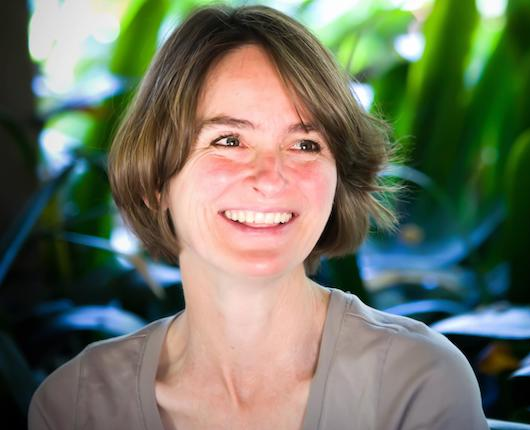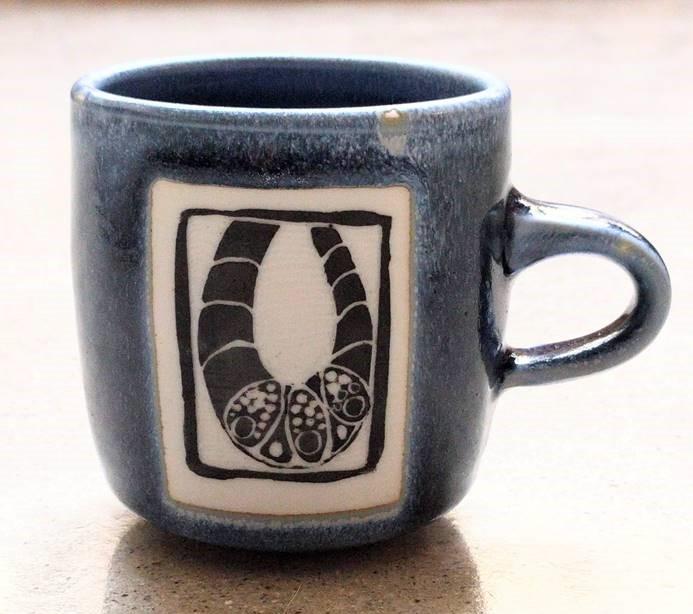Marian Waterman, Ph.D., a CSBC investigator at the University of California, Irvine (UC Irvine), began her career as a biochemist using reductionist approaches to investigate gene transcription. As a young investigator, she moved into cancer biology and studied the role of a transcription factor family in colon cancer. Later, the focus in her lab shifted as she realized that a systems biology approach could take data from reductionist experiments and place it in a larger context.
Now, Marian integrates mathematical modeling with experimentation to study tumor heterogeneity.
In this interview, she discusses obstacles from her career journey, her CSBC research, and a hobby outside of her laboratory.
What are some obstacles that you faced during your career journey and how did you overcome them?
One thing in the personal realm was that, as a postdoc, I met and married a fellow graduate student. We were two scientists trying to start a family and careers. That’s a big task.
When it came time to think about blending my career and family, I chose a job offer at UC Irvine where I could live very close to the campus. UC Irvine also had a lot of supportive services for family of faculty and was pretty progressive in spousal placement. My husband is a bioinformaticist and UC Irvine found a position for him as well. The way that I addressed the challenge of blending my family and career was to carefully choose the university where I accepted a job.
In the professional realm, being confident as a postdoc and as a new assistant professor was challenging. I’m not a very bold person and was very shy. I had to force myself to take risks and be bold to overcome this obstacle. That started with asking a lot of questions in seminars and getting involved with people.
I also started taking risks in my science. The example I like to give is the creation of a resource called the Open Source Wnt Library. At one point in my research, it became very clear that there were reagents lacking to study Wnt ligands. I took a risk and started crowdsourcing reagents and money from the Wnt research community. I boldly contacted leaders in the Wnt field and asked them to crowdsource contribute to this resource. Creating the library helped me get out there to the Wnt community.
When you’re a young assistant professor, you need to network into a community of researchers.
What is the goal of your CSBC research project?
My CSBC collaborators and I think that there are highly dynamic forms of heterogeneity in tumors that are non-genetic, meaning they are not based on mutations. This non-genetic heterogeneity is very flexible and changes all the time. We think this dynamic form of nongenetic heterogeneity enables tumors to adapt to a rapidly changing environment, including the stresses that confront the tumor as it grows in the surrounding environment.
The overarching goal of the project is to identify molecules and strategies that create patterns of heterogeneity in the system. We are also studying how those mechanisms influence tumor growth and their role in drug resistance.
How will your CSBC studies ultimately help cancer patients?
One of the biggest, most confounding problems in cancer research and the development of successful targeted therapeutics is the flexibility of cells. There’s flexibility in signaling networks, flexibility in metabolism, and flexibility in evasion of the immune system. Targeting one activity with a new drug can trigger compensatory changes in cancer cells that allow them to cope with that therapy and rewire their circuitry to survive.
From my point of view, the flexibility and coping capabilities of tumors are grounded in heterogeneity, which is a pattern of cellular flexibility. I think this cellular flexibility tracks back to normal developmental processes and homeostatic mechanisms.
My hope is that our studies will help define the origins and activities of the patterns of flexibility, which can lead to a smarter, more effective strategy for targeting colon cancer. An even larger hope would be that our studies will have relevance beyond colon cancer to be helpful for targeting other types of solid tumors.
Do you have a hobby outside of your research?
I like to create ceramics and carve into them. Right now, I’m doing the art of biology, where carve in the scientific structures that I’m studying. I’ve carved colon crypts, stem cells, and neurons into my ceramic creations.

